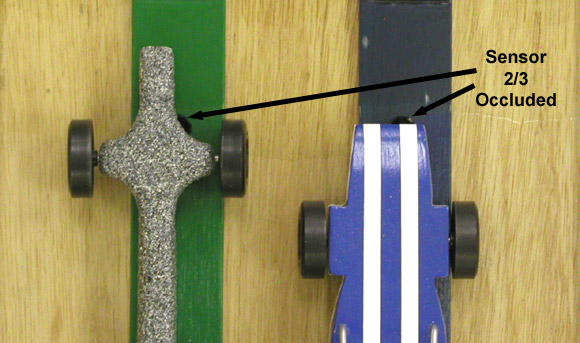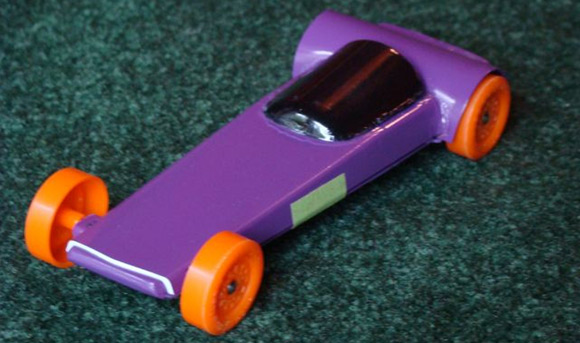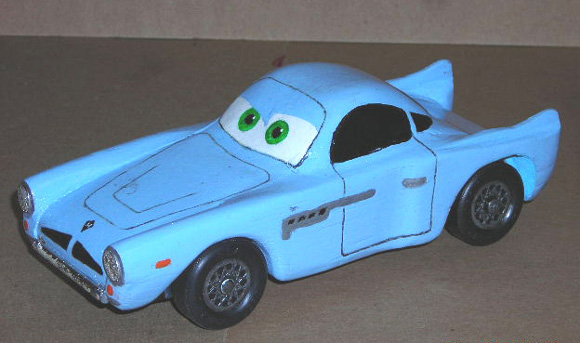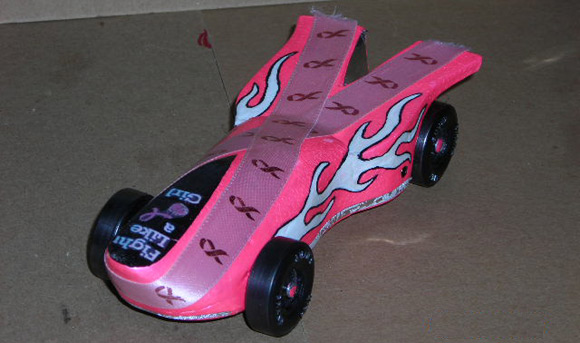
Stallion


Stallion
 Stallion |

|
 Stallion |
Editor's Notes 
If you are planning a race and are not required to use a specific kit type, our MV Basic or Wedge Car Kit are just what you need. These attractively priced kits are equipped with:
|
|
|
Setting the balance point of the car - If the track is known to be rough or warped, then setting the balance point to be less aggressive (more stable), will help the car to stay on a more true line as it runs down the track.
Setting the alignment - As long as the track guides are reasonably smooth, setting the car to rail-ride will minimize variation because the car will hold a straight line. Also, when rail-riding, the balance point of the car can generally be set more aggressive to improve performance.
Running on three wheels - keeping one wheel off the ground reduces track contact, which can help minimize variation.

Truing wheels on a lathe or with a Pro-Wheel Shaver XT.
Measuring wheels and using the most accurate ones.
Polishing the bore of the wheel.
Purchasing trued wheels.
Polishing axles to a high shine.
Beveling the axle head.
Grooving the shaft.
Purchasing accurate replacement axles.

|
BSA Speed Axles - One Set Free |

|




